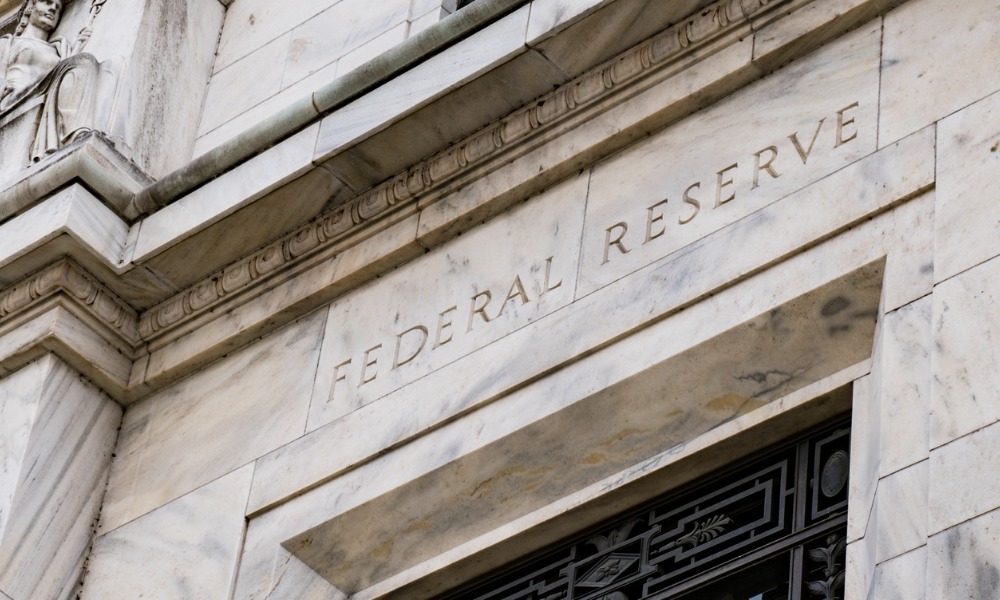Positive signs at last for the mortgage industry

It’s been a while since there’s been much to cheer about in the mortgage industry. Yet the decision by the Federal Reserve to leave rates at their current level of 5.25% to 5.5% sent waves of optimism across the landscape.
While the Fed doesn’t set mortgage rates directly, its decisions play a key role on their movement. The Fed’s hands-off stance at its latest meeting on Wednesday comes after 11 rate hikes from early 2022 to mid-2023 as it seeks to bring inflation down to 2%.
Mike Fratantoni, senior vice president and chief economist for the Mortgage Bankers Association, said the development bodes well for the mortgage industry and housing market in general.
Economist sees modest growth for housing, mortgage markets
“Additional rate hikes no longer appear to be part of the conversation,” the MBA economist said. “It is all about the pace of cuts from here. This is good news for the housing and mortgage markets. We expect that this path for monetary policy should support further declines in mortgage rates, just in time for the spring housing market.”
The upshot: “We are forecasting modest growth in new and existing home sales in 2024, supporting growth in purchase originations, following an extraordinarily slow 2023,” Fratantoni said.
The current 3% rate of inflation – close to the desired 2% the Fed has sought to achieve – figured prominently in the Fed’s calculus. Given the narrowing gap, the Federal Open Market Committee – consisting of members of the Board of Governors of the Federal Reserve System – opted to leave rates untouched this go-around.
CRE market stands to gain from Fed’s less aggressive rate stance
The Fed’s action – or lack thereof – at their meeting this week also bodes well for commercial real estate, suggested Xander Snyder, senior commercial real estate economist at First American. In its Summary of Economic Projections, the Fed revised downwards its expectations of the Federal Funds rate at the end of 2024 for the first time in more than a year, Snyder noted. The Fed’s expectation is a drop from 5.1% to 4.6%.
“This decline in rate expectations is welcome news for those who have waited with bated breath for signs that we are at peak fed funds rate,” Snyder said. “Indeed, [Federal Reserve Chair] Jerome Powell said ‘we acknowledge that we are likely at or near the peak rates for this cycle.’ With the Federal Funds rate currently at 5.3%, this roughly implies that the Fed is currently expecting two to three 25-basis point rate cuts next year.”
Such a scenario would offer some reprieve to the beleaguered CRE market, he noted: “Lower rates in 2024 would relieve some pressure in CRE credit markets, making it easier to finance commercial property purchases,” Synder said.
CBRE analysts forecast that elusive 2% inflation rate is close at hand: “CBRE expects inflation will decline toward the Fed’s 2% target next year,” analysts wrote in a report after the Fed’s meeting. “We expect that the Fed will gradually reduce rates to ensure that inflation remains in check. For the year, we forecast that the Fed will reduce rates by 100bps to a range of 4.25% to 4.50%.”
That doesn’t mean an immediate jumpstart in the capital markets, however. “We expect capital markets activity will not pick up until mid-2024,” CBRE analysts wrote. “However, recent declines in the 10-year Treasury yield could lead to greater-than-expected investment activity. Leasing activity should remain relatively resilient, although economic uncertainty will be a headwind.”
Melissa Cohn, regional vice president of William Raveis Mortgage, also envisions a future rate cut following the Fed meeting this week. “There are signs that the cumulative rate hikes are doing their job and working to bring the rate of inflation down to its goal rate,” she said. “High interest rates are impacting the economy and hopefully will bring inflation back to 2% next year. The next move by the Fed will be a rate cut at some point in 2024.”
Also responding giddily to the news – albeit in a wordless manner – was Wall Street. The Dow Jones Industrial average rallied more than 500 points after the Fed’s meeting, breaching above the 37,000 mark for the first time. The Dow closed at 37,090.24, exceeding a previous record set in January 2022.



